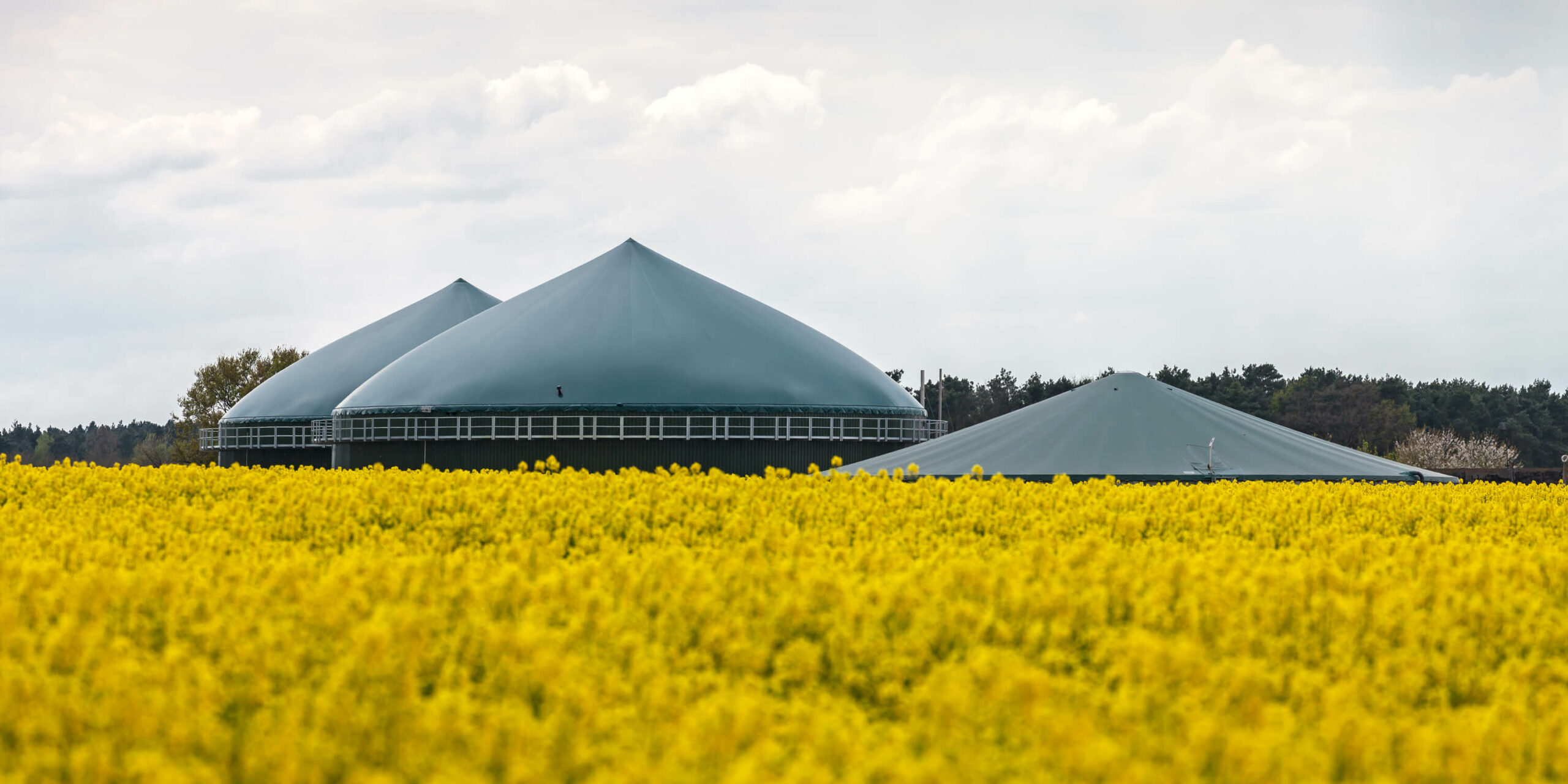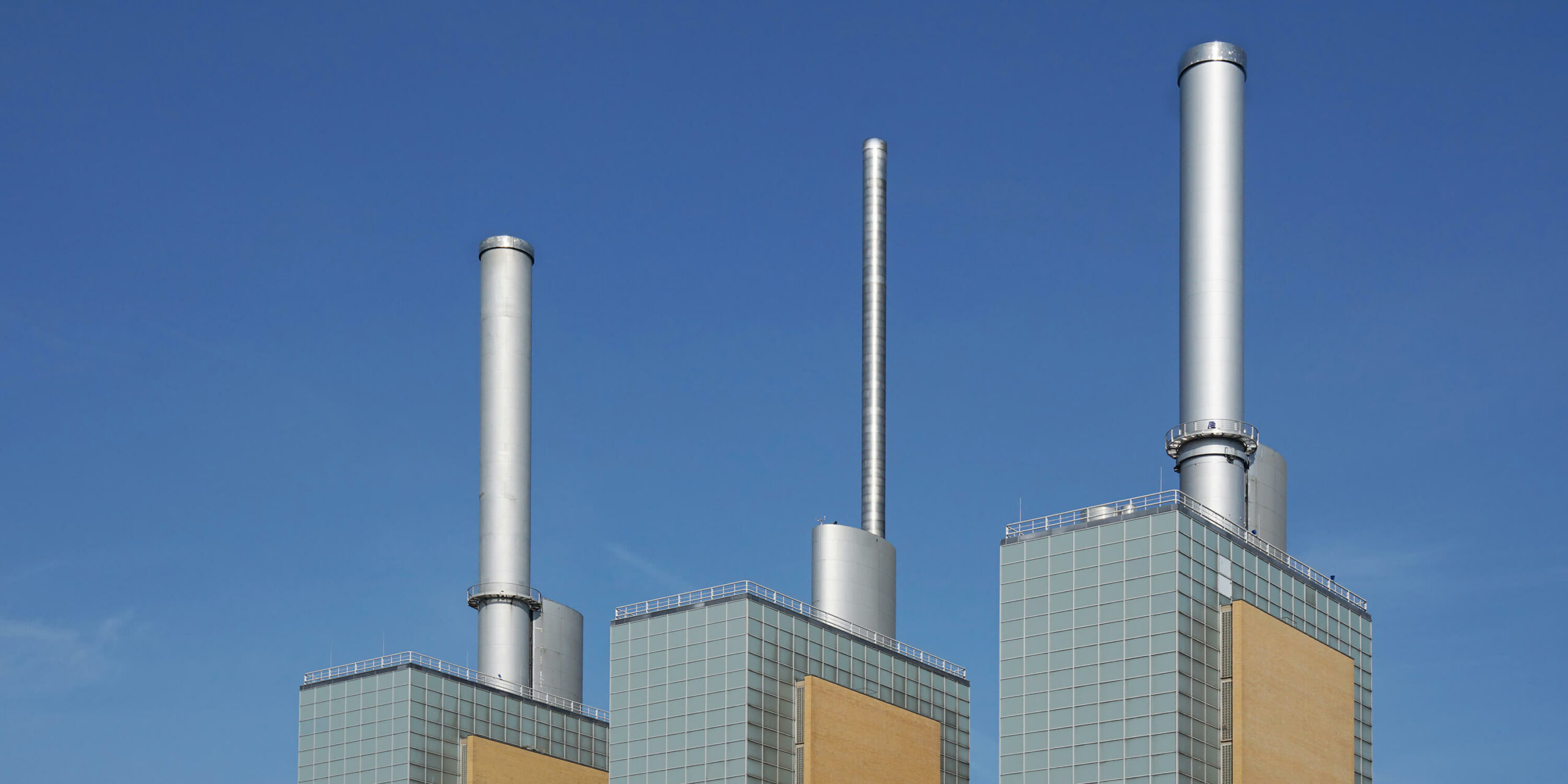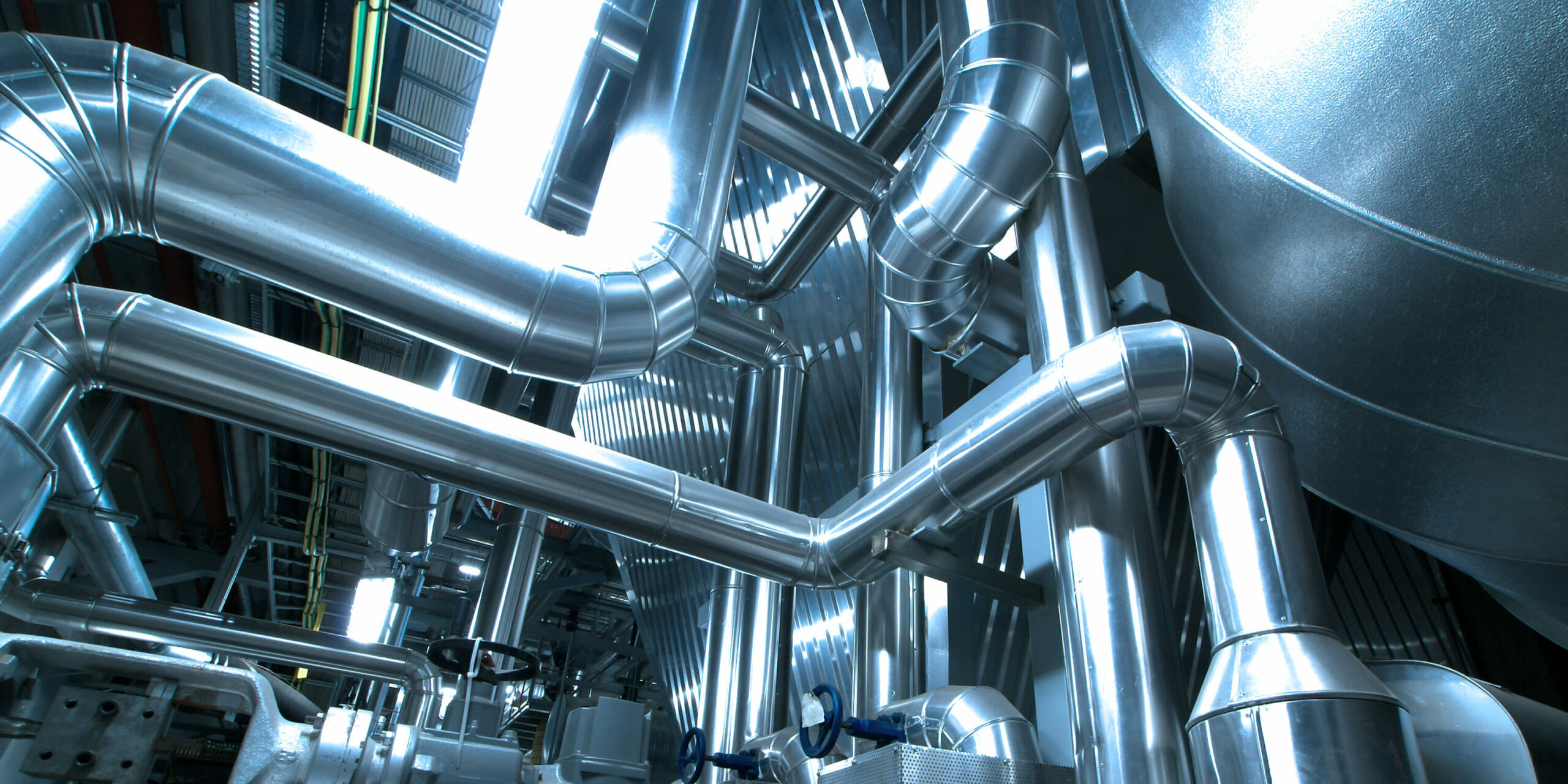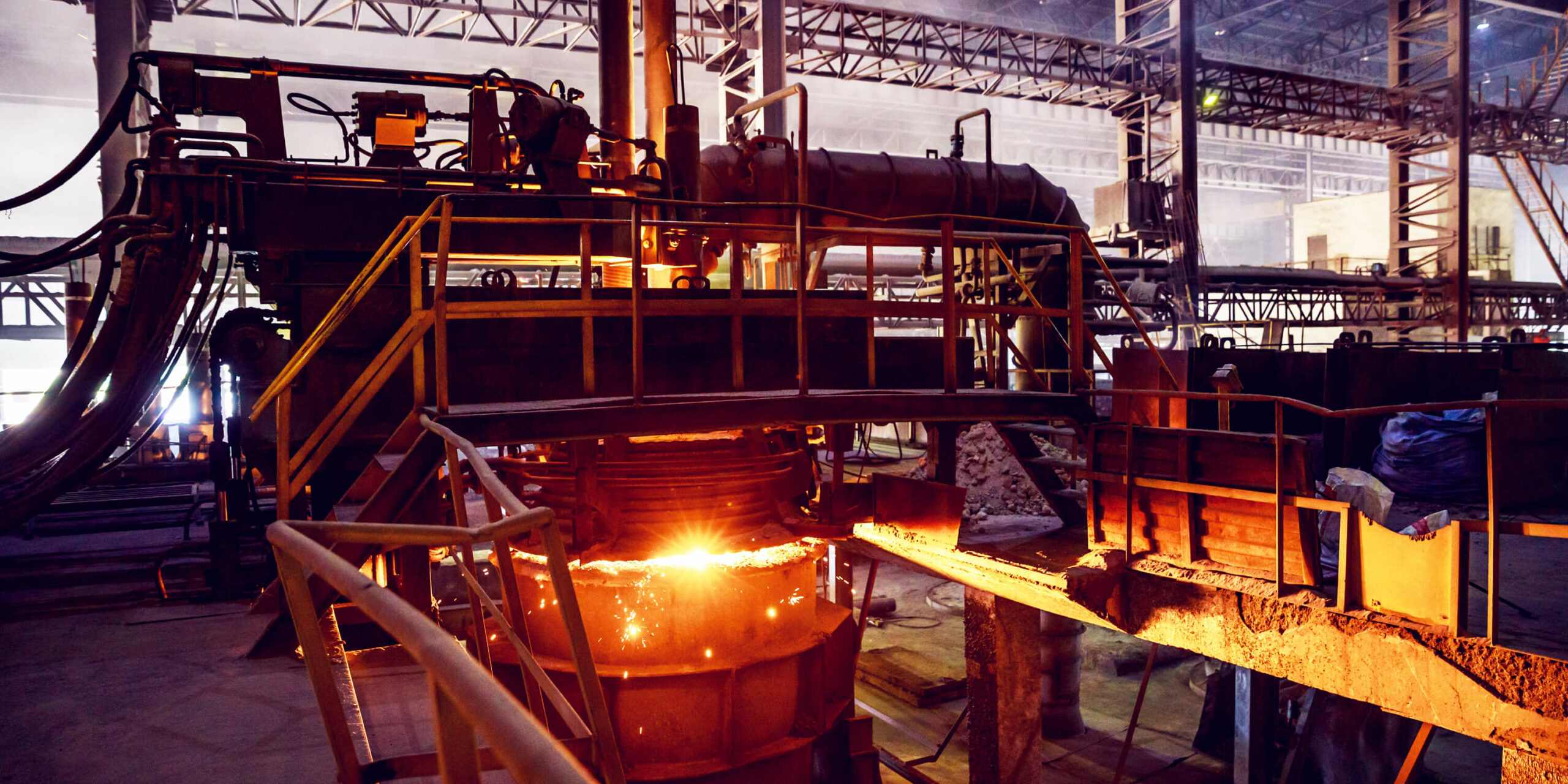Focusing on emission limits
Focusing on emission limits
Protecting the climate by using innovative technology

Reducing noise and pollutant emissions is a global challenge. Our expertise in this respect lies in planning and implementing the entire exhaust gas section. As a highly specialised technology company, we work to optimise industrial plants’ performance. APROVIS develops and designs silencers, catalytic converters and soot particle filters in line with the highest standards – for economical and environmentally-friendly operation of combined heat and power plants.
SILENCERS FROM APROVIS
Perfect protection against sound and noise
APROVIS has extensive experience in reducing sound and noise emissions. Standard silencers can be used to meet the usual requirements. If higher demands are made, this requires a detailed individual review of the project in question. Aspects such as flow noise, standing waves or structure-borne noise can be added and have to be taken into account.
APROVIS has its own silencer sizing range that we are constantly improving. In so doing, we rely on the following building blocks:
- In-house sound-related research and development with our very own test rig
- Our very own sound measurements
- CFD simulations
The areas of use are diverse:
- Stationary engine systems
- Combined heat and power plants
- Emergency power systems
- Engines that run on natural gas, biogas, sewage gas, landfill gas or diesel
CATALYTIC CONVERTERS FROM APROVIS
Substantial reduction in pollutant levels
Catalytic converter solutions from APROVIS drastically decrease pollutant emissions in exhaust gases. Oxidation catalytic converters reduce the proportion of carbon monoxide (CO) and formaldehyde in particular in the combustion exhaust gases.
How oxidation catalytic converters work
Oxidation catalytic converters use oxidation to convert gaseous pollutants into harmless substances (carbon dioxide (CO2) and water (H2O)). The resistance to sulphur is geared to the relevant operating conditions. In stoichiometric operation (lambda=1), a three-way catalytic converter can reduce carbon monoxide (CO), hydrocarbons (CHx) and nitrogen oxides (NOx) in the exhaust gas. Nitrogen oxides cannot be reduced with oxidation catalytic converters; APROVIS SCR catalytic converters are used for this purpose.
Oxi-cats are used in:
- Stationary engine systems
- Combined heat and power plants
- Emergency power systems
- Engines that run on natural gas, biogas, sewage gas, landfill gas or diesel
- Data centres
An uninterruptible power supply is fundamental, especially for data centres with computer and server centres. This usually works using diesel-powered gen sets. Depending on the number of operating hours, there may be exemptions and different requirements for emission limits depending on the country and region.
NEW PROVISIONS FOR SCR CATALYTIC CONVERTERS
With the transposition of EU Directive 2015/2193 (MCPD) in the Forty-Fourth Ordinance for the Implementation of the Federal Immission Control Act (44. BlmSchV), the regulations for compliance with the new emission limits have become stricter. The 44. BlmSchV aims to reduce emissions of particulate matter, sulphur dioxide and nitrogen oxide.
Who this affects:
- Operators of medium-sized combustion plants: Plants in the output range of 1 to 50 MW combustion heat
- Gas turbine and combustion engine installations
The new limits can no longer be complied with by taking technical engine measures alone. Compliance now requires the use of SCR catalytic converters (SCR = selective catalytic reduction).
How SCR catalytic converters work
SCR catalytic converters reduce the levels of harmful nitrogen oxides (NOx) in exhaust gases produced by the likes of combustion plants and combustion engines. The catalytic reaction requires ammonia (NH3), which is considered a hazardous substance. So an aqueous urea solution (usually AdBlue®) is added to the exhaust gas and reacts with the hot exhaust gas to form ammonia. When the exhaust gas / ammonia mixture hits the SCR catalytic converter, it reduces the proportion of nitrogen oxides and converts them into harmless nitrogen (N2) and water (H2O).
SCR catalytic converters are used in:
- Stationary engine systems
- Combined heat and power plants
- Emergency power systems
- Engines that run on natural gas, biogas, sewage gas, landfill gas or diesel
SAFETY & EFFICIENCY
SCR systems from APROVIS are designed to deliver operational reliability, durability and efficient performance. This already starts at the planning stage for such catalytic converters – and APROVIS has even developed its own design programs for this purpose. This permits almost location-independent adaptation – whether it’s for operation on a container roof or integration in an existing power plant. APROVIS offers industry standard components to ensure that operators benefit from maximum efficiency and plant availability.
DIESEL PARTICULATE FILTERS FROM APROVIS
Diesel particulate filters permit even more efficient exhaust gas purification. They are used for stationary engine systems, especially for diesel gen sets, when it comes to protecting data centres using emergency power generators. Diesel particulate filters are also suitable for stationary diesel engines to remove soot and dust particles from the exhaust gases.
Diesel particulate filters are used in:
- Stationary engine systems:
Emergency power systems, diesel emergency power systems, peak load systems, diesel gen sets
State-of-the-art technology with integrated APROVIS quality
APROVIS focuses on optimised system solutions – for example, offering diesel particulate filters in combination with silencers to reduce noise emissions. The particle filter is also available with a bypass as an option.
APROVIS always specifically implements the design for the application in question – including professional installation on site if desired.
The advantages of a diesel particulate filter:
- The construction is based on a ceramic honeycomb structure
- The filters have different catalytic coatings depending on the application
- The required limits of 5 and 1 mg/Nm3 are complied with
- The limits also apply to installations that don’t require a permit, such as emergency power or peak load installations
- The exhaust gas back pressure is continuously monitored
- Any instances of the permissible back pressure being exceeded is displayed
- Regeneration takes place automatically during operation by burning off the separated soot (passive regeneration)
What are your requirements?
Talk to our competent contacts and discover the advantages and possibilities for your application. We analyse, advise and supply swift and suitable solutions. We look forward to hearing from you.








